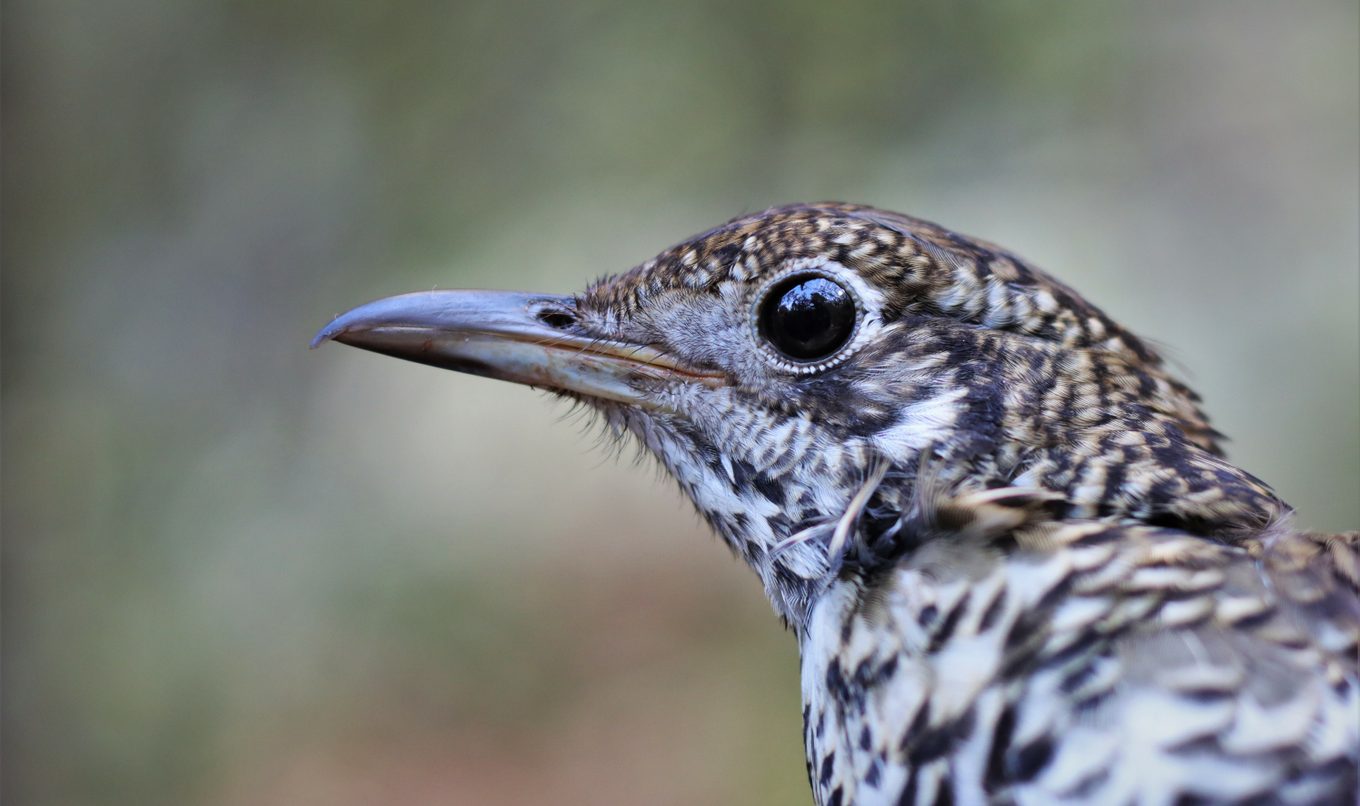Bassian thrush survey in full flight across the Adelaide Hills and Fleurieu
A unique survey is rolling out across national parks in the Adelaide Hills and Fleurieu Peninsula with the aim of boosting knowledge on a rarely spotted bird, the Bassian thrush.

The survey has already resulted in several confirmed sightings of the species in new locations, including at Eurilla Conservation Park, Blackfellow’s Creek and Belair and Hindmarsh Valley National Parks.
Run by the University of Adelaide Bassian thrush experts Bec Boulton and Darcy Whittaker, in conjunction with the National Parks and Wildlife Service (NPWS), the survey aims to identify where the Bassian thrush can be found across more than 60 different sites, including in parks, SA Water, Forestry SA and private land.
National parks being surveyed include Belair National Park, Cleland Conservation Park, Kaisersthul Conservation Park, Black Hill Conservation Park, Porter Scrub, Mount George Conservation Park and Scott Creek Conservation Park.
Using small audio recorders hung in trees, known as ‘audio moths’, the Bassian thrush’s unique call is being recorded and used to identify what locations it can be found in.
The Bassian thrush is a secretive bird, coloured with subtle brown and cream feathers. It has scalloped black crescent-shaped bars down its back, rump and head, offering it perfect camouflage in its habitat of thick leaf litter.
It is an insectivorous, ground-dwelling bird which can be found in wet forest gullies and densely vegetated areas. Bassian thrush breed in winter when their favourite food – earthworms – are easier to find.
When foraging, the thrush often stands still before dashing forward and then vigorously jabbing its sturdy bill into the ground to seize a worm.
When males are foraging, they can carry up to five or six very large worms at a time, laying the wiggling pile down each time they extract an extra worm. This bundle of worms is presented to the female or hungry nestlings to eat.

